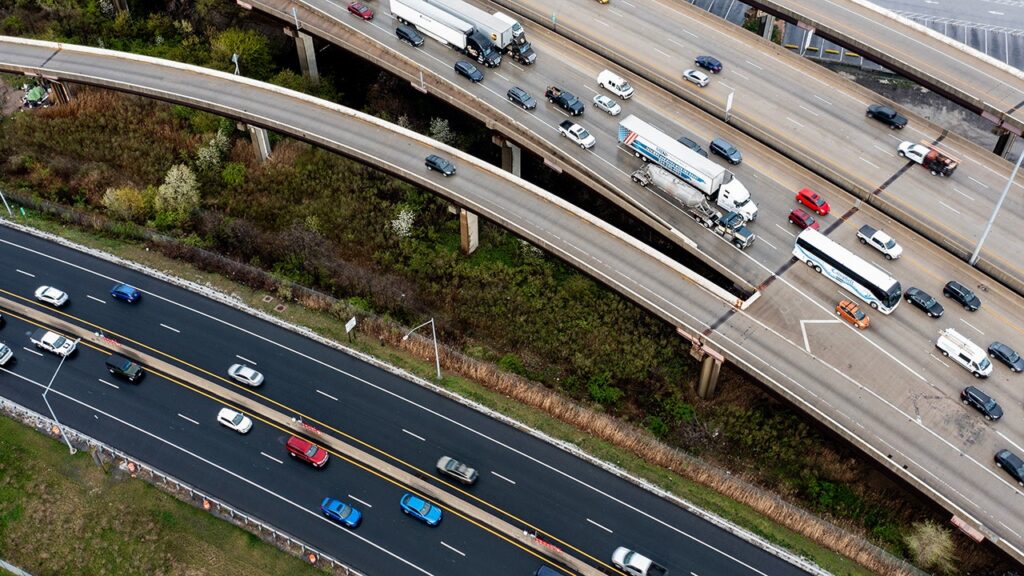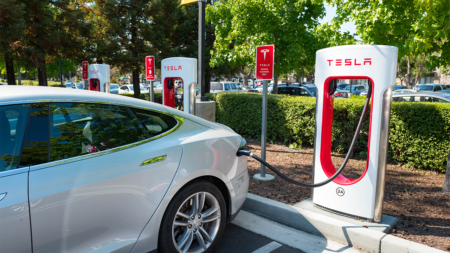Surging auto insurance premiums are fanning the flames of high inflation and keeping the financial pressure on millions of U.S. households nationwide.
Consumer prices rose 0.4% in March from the previous month and climbed 3.5% from the same time last year, the Labor Department reported Wednesday.
Both of those figures came in higher than the 0.3% monthly increase and 3.2% headline gain forecast by LSEG economists.
Many of the usual culprits – including rent and groceries – contributed to the surprisingly hot reading. But few categories jumped as substantially as auto insurance.
The cost of auto insurance rose 2.6% in March, bringing the total annual gain to 22.2% – the fastest yearly rate on record. When compared with the beginning of 2021, before the inflation crisis began, motor vehicle insurance is more than 50% more expensive.
HIGH INFLATION IS COSTING AMERICANS AN EXTRA $1K A MONTH
Experts say the problem could soon get worse before it begins to improve.
“With car insurance, it’s something that’s been building up for a while now,” Shannon Martin, a Bankrate analyst, told FOX Business. “Car insurance tends to be very reactionary, so in the past few years, the industry has experienced a lot of losses during a time when inflation has caused the cost of vehicle parts, different products and repair costs, to increase.”
In 2023, the average U.S. rate for full auto insurance surged to $2,019, a 24% increase from $1,633 in 2022 and a nearly 29% jump from $1,567 the previous year, according to Insurify, an insurance comparison shopping site. That amounts to roughly 3.4% of the median household income. Even a bare-bones policy required by states climbed to $1,154 per year in 2023.
CREDIT CARD DELINQUENCY RATES HIT WORST LEVEL ON RECORD
The national average cost of car insurance hit $2,314 per year for full coverage as of April, according to a separate Bankrate database. That amounts to about $193 a month for full coverage.
Several factors have caused the spike in car insurance rates.

The price of both new and used cars rose sharply after the COVID-19 pandemic, the result of both supply chain disruptions and unseasonably high demand. As a result, vehicles are more expensive and costlier to replace, which has driven up the price of repairs.
“Car insurance costs are surging as insurers finally get regulator approval for premium increases necessitated by the large increase in auto repair and replacement costs that has taken place since the pandemic,” said Julia Pollak, ZipRecruiter senior economist.
WHY ARE GROCERIES STILL SO EXPENSIVE?
On top of that, the country is grappling with a shortage of mechanics, which is driving auto repair costs even higher. One source, the TechForce Foundation, estimates the number of graduates completing post-secondary programs in the automotive sector has plummeted by 20% since 2020. The number of automotive technicians is projected to continue decreasing in the coming years.
Car insurance companies are also trying to make up for steep losses incurred in 2021, which saw a sharp rise in fatal car accidents.
| Ticker | Security | Last | Change | Change % |
|---|---|---|---|---|
| PGR | PROGRESSIVE CORP. | 202.26 | -3.89 | -1.89% |
| SAFT | SAFETY INSURANCE GROUP INC. | 77.40 | -1.05 | -1.34% |
| MCY | MERCURY GENERAL CORP. | 51.19 | -0.14 | -0.27% |
| ALL | THE ALLSTATE CORP. | 165.61 | -4.14 | -2.44% |
“Everyone was using their car insurance a lot then,” Martin said. “And then inflation started to kind of continue to grow, and insurance carriers filed for rate increases to, in a way, recoup the money they lost during that time.”
Given the astronomic rise in premiums, Martin said buyers should run the numbers on car insurance rates before they purchase a car in order to avoid any surprises.
Inflation has created severe financial pressures for most U.S. households, which are forced to pay more for everyday necessities like food and rent. The burden is disproportionately borne by low-income Americans, whose already-stretched paychecks are heavily impacted by price fluctuations.
GET FOX BUSINESS ON THE GO BY CLICKING HERE
The typical U.S. household needed to pay $227 more a month in March to purchase the same goods and services it did one year ago because of chronic inflation, according to new calculations from Moody’s Analytics chief economist Mark Zandi.
Read the full article here












